Spectrophotometers are instruments that measure and analyze the spectrum of samples. There are different types of spectrophotometers out there depending on the various application requirements. The spectrophotometer can be divided into five subcategories according to the wavelength and application context :
- VIS spectrophotometer
- UV-VIS spectrophotometer
- Infrared spectrophotometer
- Fluorescence spectrophotometer
- Atomic absorption spectrophotometer.
Spectrophotometers can also be categorized based on their portability. In this sense, spectrophotometers are whether of the portable or bench-top type.
The spectrophotometer detects the absorbance of the measured material at a specified wavelength or within a certain wavelength range to perform qualitative and quantitative analysis of the substance using spectrophotometry. Different types of spectrophotometers have similar underlying concepts. In the industrial tools category, spectrophotometers are essential. There are several Spectrophotometers for Sale on Linquip from a range of vendors and firms, as well as various Manufacturers and Distributors.
A full list of spectrophotometer services is available on the Linquip website, which covers all OEM fleets. Linquip vendors can assist you with this. Please contact Linquip’s Spectrophotometer Experts to learn more about how to connect with a wide choice of service providers who consistently deliver the highest quality products.
Types of Spectrophotometers: VIS Spectrophotometer
An instrument used to measure absorbance and conduct quantitative analysis at the visible light (400 ~ 760nm), known as the visible spectrophotometer. Bacterial cell density can be determined at 600 nm.
Types of Spectrophotometers: UV-VIS Spectrophotometer
UV-VIS spectrophotometer is used to measure the material of absorbance and quantitative analysis at the visible or ultraviolet light (200 ~ 760nm). Nucleic acid and protein concentrations can be measured and bacterial cell density can also be determined. UV spectrophotometer can be divided into single beam, split beam, double beam for different applications.
Single Beam:
Suitable for measuring absorbance or light transmittance at a given wavelength, generally not for full-band spectral scanning, requiring high stability of the light source and detector.
A single beam refers to the light emitted from a light source, passing through series of optical parts, absorption cell, and finally shining on the detector. It consists of a bunch of monochromatic light (the beam can only be alternately through the reference and sample solution), a cuvette, and a photoelectric converter. Work, a light path, first through the reference solution, and then through the sample solution for light intensity determination.
Single-beam UV-visible spectrophotometer is characterized by simple structure and low price, mainly for quantitative analysis. However, the measurement results are sometimes affected by the power supply fluctuations causing greater error. So in general, single-beam UV-visible spectrophotometer is not suitable for high demanding pharmaceutical and quality inspection industries.
Double beam:
Automatic recording, fast full-band scanning. Eliminating the instability of the light source, the detector sensitivity changes and other factors, especially for structural analysis.
Double beam UV-visible spectrophotometer utilizes two monochromators, you can get two different wavelengths of monochromatic light. The two light beams alternately irradiate the same sample cell at regular intervals.
Dual-wavelength spectrophotometer can not only measure high-concentration samples, multi-component mixed samples, but also perform better in the turbid samples with more sensitivity than the single beam machine.
Split beam:
The light emitted by the same monochromator is split into two beams, one of which reaches the detector directly and the other passes through the sample and reaches the other detector. The advantage of this instrument is that it monitors errors in the light source, but does not eliminate the effects of the reference.
Types of Spectrophotometers: Infrared Spectrophotometer
The general infrared spectrum refers to the infrared spectrum greater than 760nm, which is the most commonly used spectral region of organic compounds, can analyze a variety of conditions (gas, liquid, solid) of the sample.
Infrared spectroscopy is characterized by fast, low sample volume (a few micrograms to a few milligrams), strong characterization (various substances have their own specific infrared spectrum), tests capable of analyzing various states (gas, liquid, solid) without damaging the sample.
Types of Spectrophotometers: Fluorescence Spectrophotometer
Fluorescence spectrophotometers are instruments used to scan the fluorescence spectrum emitted by liquid fluorescent labels, which is widely used in scientific research, chemical industry, medicine, biochemistry, environmental protection, clinical testing, food testing, teaching experiments and other fields.
Through the determination of these parameters, the equipment is not only for general quantitative analysis, but also can infer the molecular conformational changes in various environments, thus clarifying the relationship between molecular structure and function.
Types of Spectrophotometers: Atomic absorption Spectrophotometer
The method is mainly applied to detect trace components in the sample analysis. It is a powerful tool for material analysis and elemental analysis of trace metals (semimetals).
Applications of Spectrophotometers
- It is useful in qualitative analysis, especially when identifying classes of compounds in both biological and pure state.
- The spectrophotometer is essential in quantitative analysis of biochemistry practical such as in determining the unknown concentration of a given species through absorption spectrometry. A perfect example is the nucleic acid in a protein.
- Enzyme assay is the primary use of spectrophotometry.
- Identifying the molecular weight of a particular sample such as picrate with amines, ketone compounds, aldehyde, and sugar, to name a few.
There are also other applications for spectrophotometers including but not limited to the following:
- Identifying impurities.
- Detecting the concentration of substances.
- Organic compounds’ structure elucidation.
- Identifying the characteristics of a protein.
- Identifying the dissolved oxygen content in a body of water.
- Analysis of respiratory gas in hospitals.
- Functional group detection.
- Determining molecular weight in a particular compound.
- Identifying classes of compounds.
See here for a video of how to use a spectrophotometer.
Download Types of Spectrophotometers PDF
Buy Equipment or Ask for a Service
By using Linquip RFQ Service, you can expect to receive quotations from various suppliers across multiple industries and regions.
Click Here to Request a Quotation From Suppliers and Service Providers
Read More on Linquip
- Types of Thermistor; A Fundamental Comparison Between Them
- Important Detailed Information About The Types of Transducers
- The Complete Library Of Types Of Anemometer
- Thermocouple Types: A Complete Comparison Between Them
- Types of Insulator Materials: 2021 Ultimate Guide
- Types of Circuit Breaker: A Basic Guide to Know Different Classifications
- Types of Steam Turbine: An easy-to-understand and practical Classification
- Types of Wind Turbines: The Quick and Easy Intro
- What is Electrical Identification? (Ultimate Guide)
- How to Use and Read a Hydrometer: Ultimate Guide
- How to Read and Use Micrometer? Practical Guide
- What is the Core Difference between Thermistor and RTD?
- Difference Between Actuator and Sensor: The Ultimate Guide
- Difference Between Thermopile and Thermocouple
- What is Synchroscope? Method & Working Principles
- What is Electrolytic Capacitor? Usage & Application
- All Types of Pneumatic Fittings: Specifications and Applications
- 4 Types of Thermowell: Application and Duty
- What are The Electric Generator Parts?
- What is an Anemometer? Discover the Uses, Types and Measurements
- Spectrophotometer VS Colorimeter: Which Do You Need?
- Want To Know Everything About Spectrometer vs Spectrophotometer? Now You Can!
- Beginners Guide: What Is a Spectrophotometer
- What Wikipedia Can’t Tell You About How Does a Spectrophotometer Work
- A Cheat Sheet For Types of Spectrophotometer
- Thermocouple for Water Heater: How does it Work?
- Thermocouple vs. Thermopile: A Complete Comparison & Advantages of Each Type

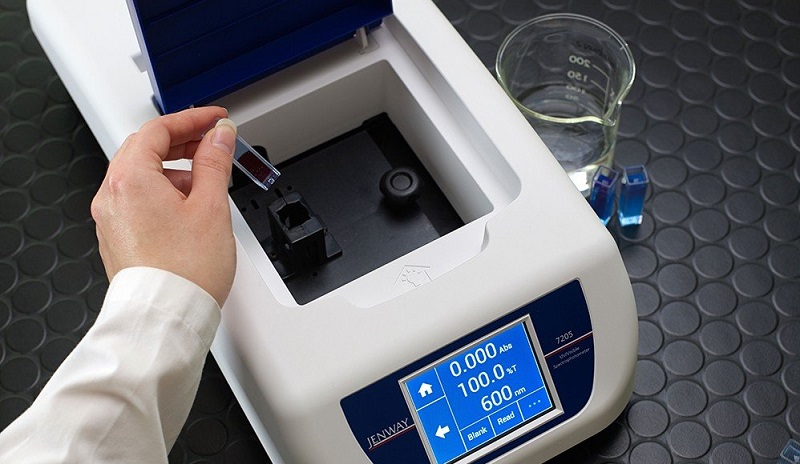
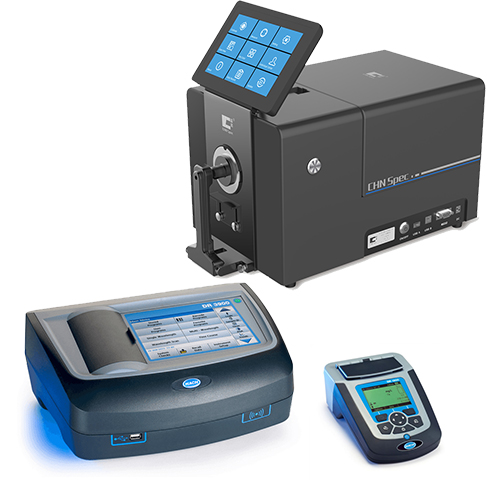
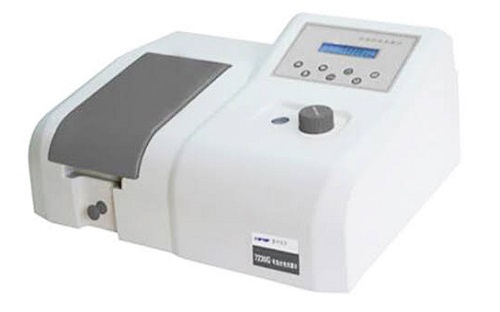
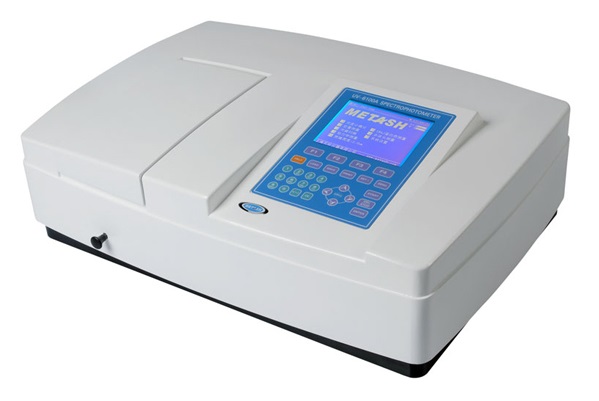
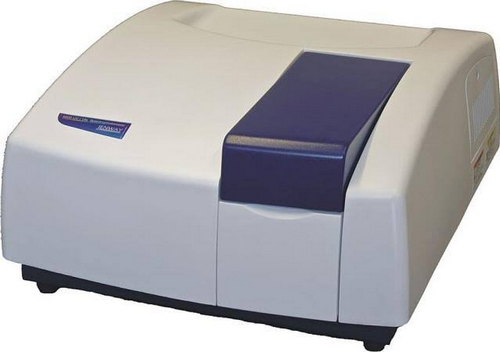
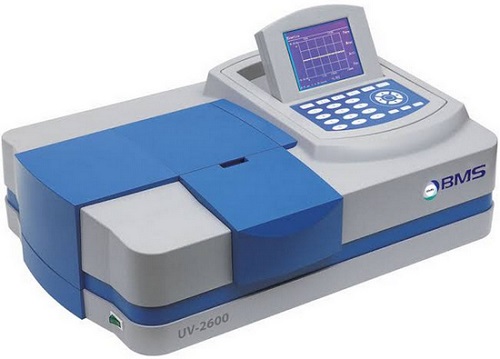
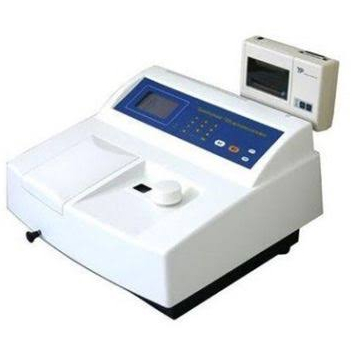
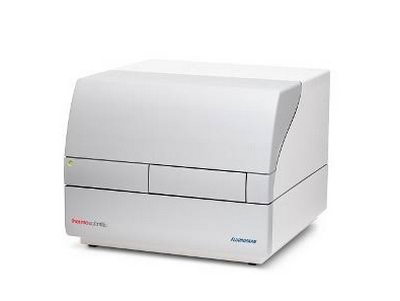
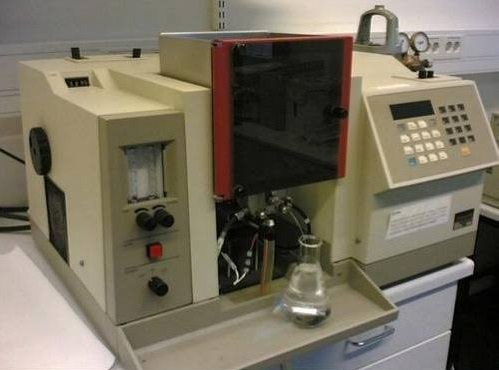


I like what you are doing here.
Regards
Uche Eze
Happy to hear that!